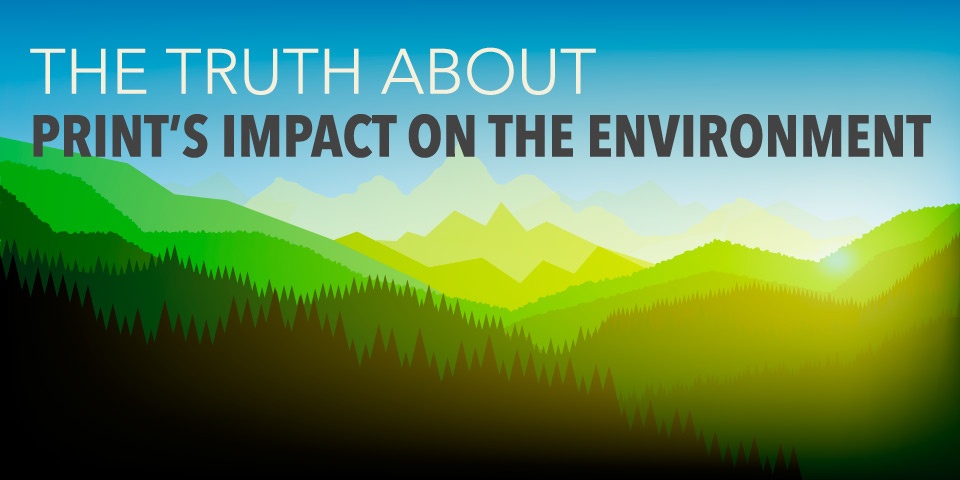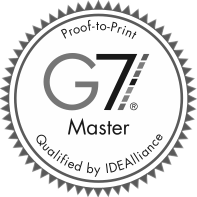In honor of Earth Day, which we celebrated last Friday, April 22, we wanted to set the record straight about print’s impact on the environment. This year marked the 46th Earth Day and the continuation of a movement designed to inspire, challenge ideas, and motivate people to action. For those of us in print and marketing, it is important to question the notion that print has a negative impact on the environment.
A common misconception about the printing industry is that we kill trees. But the reality is that this couldn’t be farther from the truth! In fact, the print and paper industries plant three times more trees than they harvest—supporting Earth Day Network’s goal of planting 7.8 billion trees by Earth Day’s 50th anniversary in 2020. At Shawmut alone, we recycle 485 tons of paper per year, which equates to approximately 11,700 trees. We also recently installed a new Komori G40 HUV press which will save another 750,000 sheets of paper or nearly 1,000 trees annually.
We all need to do our part to keep our planet healthy, and that includes challenging the status quo. Marketing claims like “go green, go paperless” and “think before you print” have given the print industry a bad wrap. These statements have been widely adopted and become part of the way we do business. However, what most people don’t know is that these claims do not meet guidelines for environmental marketing established by the U.S. Federal Trade Commission (FTC). There is no evidence to support these claims, and yet they’ve spurred a movement that unnecessarily dissuades people from using print.
This year we wanted to show how print can be good for the environment. We know you’re probably thinking, “Well Shawmut’s a printer, of course, they are going to say printing doesn’t hurt the environment!” So don’t take our word for it. Check out the infographic below which includes facts from research firms, associations and others reputable sources, not printers.








